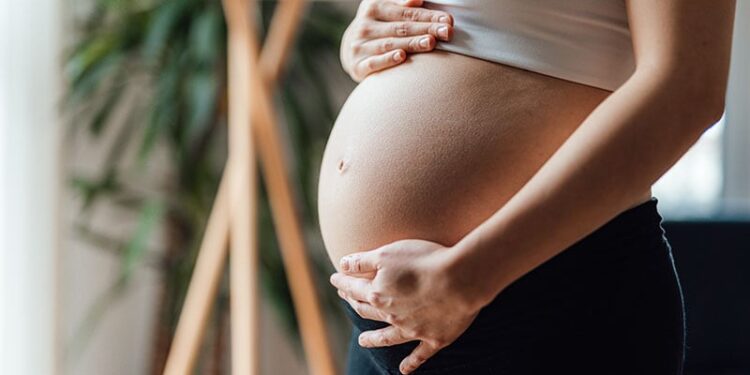TOPLINE:
New customised growth charts for twins (GROW-T), adjusted for maternal characteristics, more accurately predicted a small-for-gestational age (SGA)-associated risk for adverse perinatal outcomes than charts for singletons (GROW-S).
METHODOLOGY:
- Researchers developed customised growth charts for twin pregnancies and compared them with singleton charts to evaluate their ability to identify SGA twins who are at an increased risk for adverse perinatal outcomes.
- They evaluated 8457 twin pregnancies (16,914 foetuses) from 127 NHS hospitals in the UK from January 2015 to February 2025, representing approximately two thirds of all NHS units.
- A mixed-effects linear regression analysis was performed to determine pregnancy-specific optimal weights at 37 weeks.
- Researchers compared GROW-T with GROW-S by calculating rates of the SGA-associated risk for stillbirth and adverse neonatal outcomes, such as the need for resuscitation, an Apgar score < 7 at 5 minutes, admission to the NICU, or neonatal death, using generalised estimating equations.
TAKEAWAY:
- At 37 weeks, the average optimal weight of a twin was 389 g less than that of an equivalent singleton foetus.
- By pregnancy, 24.6% vs 64.9% of twins were classified as those with SGA (< 10th centile) according to GROW-T vs GROW-S; when analysed by individual foetuses, 13.8% vs 44.4% of twins were classified as those with SGA according to GROW-T vs GROW-S.
- Twins designated as SGA on the basis of GROW-T (odds ratio [OR], 7.2; 95% CI, 4.8-10.8) had a higher risk for stillbirth than those designated as SGA on the basis of GROW-S (OR, 2.8; 95% CI, 1.9-4.1).
- Twins classified as those with SGA on the basis of GROW-T had an increased need for resuscitation (OR, 1.3; 95% CI, 1.1-1.7), a lower Apgar score (< 7) at 5 minutes (OR, 1.8; 95% CI, 1.2-2.6), higher NICU admissions (OR, 1.3; 95% CI, 1.0-1.6), and an increased risk for neonatal death (OR, 5.4; 95% CI, 1.3-23.5).
IN PRACTICE:
“Our results add to the increasing evidence for adoption of twin specific charts,” the authors wrote.
“While adoption of twin specific charts is timely, implementation ought to be accompanied by evaluation in practice to monitor safety in different health service environments,” they added.
SOURCE:
This study was led by Jason Gardosi, MD, Perinatal Institute, Birmingham, England, and was published online on August 01, 2025, in the American Journal of Obstetrics & Gynecology.
LIMITATIONS:
Ultrasound estimates of foetal weight in twins can be systematically overestimated, potentially affecting the accuracy of growth assessments. Chorionicity was not reported in the study cohort; however, the difference between growth curves of monochorionic and dichorionic twins was considered too small to be clinically relevant.
DISCLOSURES:
No funding information was provided for the study. All authors reported being employees of the Perinatal Institute, Birmingham, England.
This article was created using several editorial tools, including AI, as part of the process. Human editors reviewed this content before publication.
Source link : https://www.medscape.com/viewarticle/growth-charts-twins-improve-perinatal-risk-prediction-2025a1000l3a?src=rss
Author :
Publish date : 2025-08-12 12:00:00
Copyright for syndicated content belongs to the linked Source.






